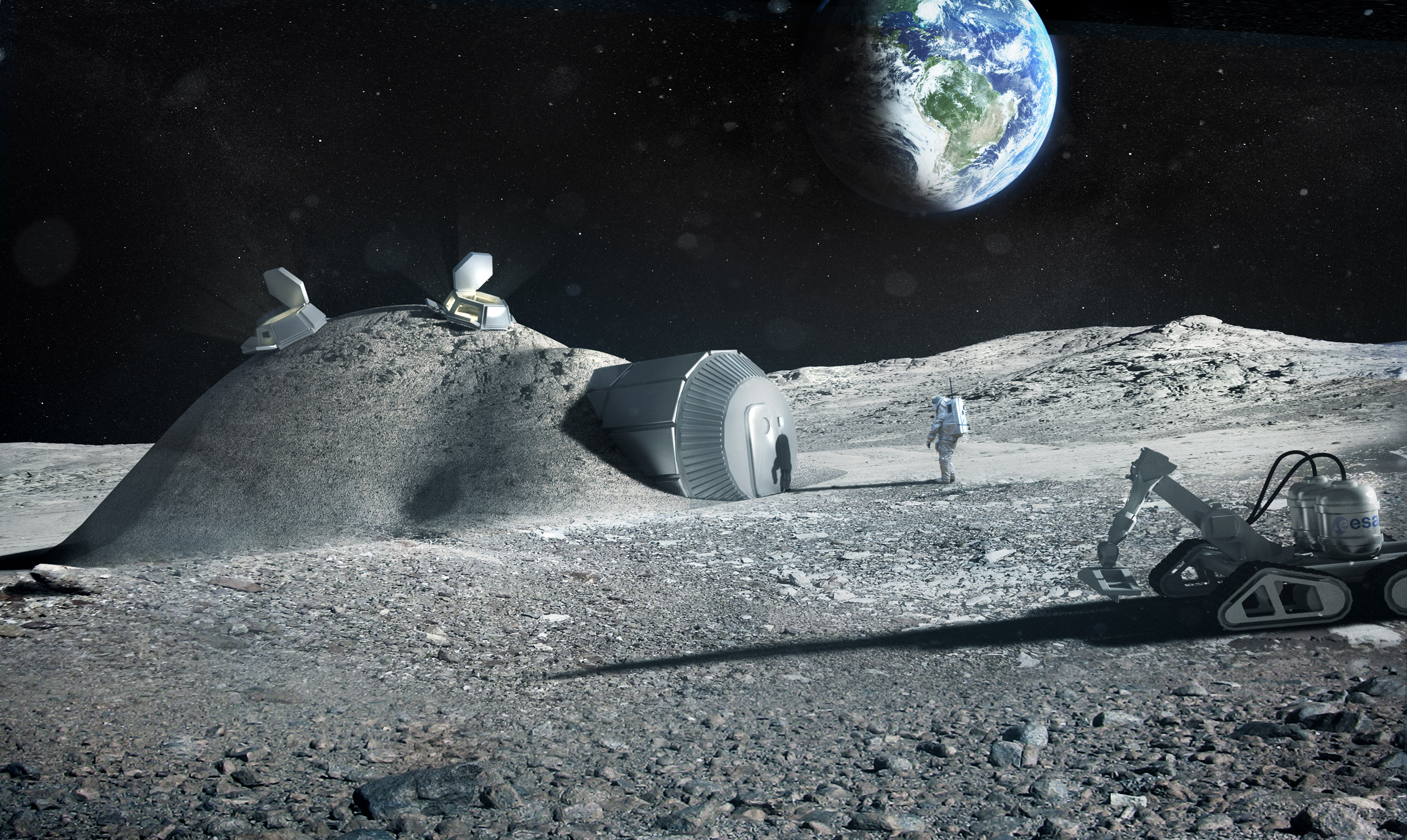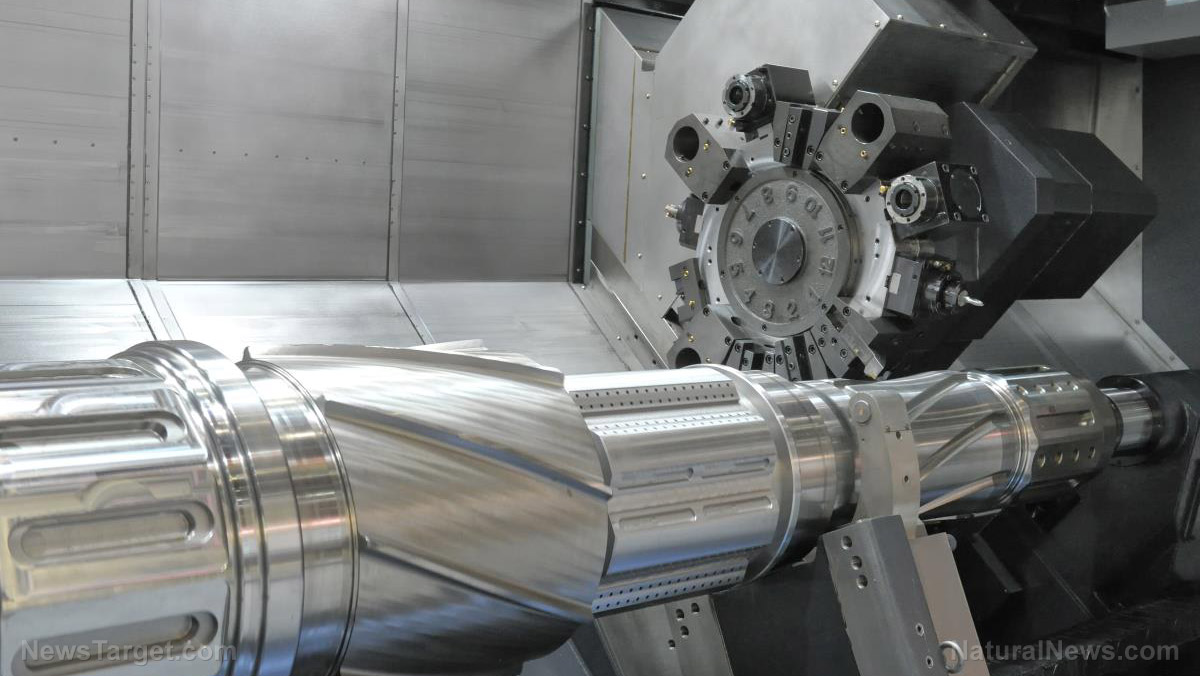Next-gen drones are massive robo-submarines that can hunt mines and gather intelligence
08/19/2019 / By Rex Carter

The next chapter in war at sea is almost here. The U.S. Navy has awarded a contract to Boeing for four Orca Extra-Large Unmanned Undersea Vehicles (XLUUVs). These vehicles, which are basically giant drone submarines, act as force multipliers in conflict hot spots. They cover roles ranging from scouting, clearing mines, sinking enemy ships or submarines, and striking targets on land. The $43 million contract also involves a partnership with shipbuilding company Huntington Ingalls.
An echo of the Echo Voyager
“The Orca XLUUV will be modular in construction with the core vehicle providing guidance and control, navigation, autonomy, situational awareness, core communications, power distribution, energy and power, propulsion and maneuvering, and mission sensors,” says the Pentagon announcement. It will have “well-defined interfaces for the potential of implementing cost-effective upgrades in future increments to leverage advances in technology and respond to threat changes.”
The Orca XLUUVs were based from an earlier private venture that Boeing tested, called Echo Voyager – a 51-foot long, 50-ton unmanned undersea vehicle. This design, which has a boxier profile compared to a more torpedo-like structure that Lockheed Martin developed in a bid to win the Navy’s contract, features adaptability and modular construction. This allows the Navy to upgrade the vehicle on a per-module basis, instead of making a new XLUUV every decade. Most industry analysts predict that the Orca will borrow the design conventions of the Echo Voyager, including its modular payload bays – the U.S. Navy says the Orca will have “defined interfaces to support current and future payloads for employment from the vehicle.” (Related: Read the story of why the U.S. Navy wants to make “robosubs”.)
New propulsion type
The Orca has one difference from its predecessor, however – or at least according to concept art. It will have a shrouded propulsor instead of a more conventional drone propeller, which improves the Orca’s efficiency and reduces its sonar signature. This change may be to keep abreast of submarine propulsion technology; shrouded propulsors are now mainstays in newer U.S. Navy attack submarines.
Range
It’s expected that the Orca XLUUV will have the same feature sets of the Echo Voyager. For example, the Echo Voyager has a top speed of 9 miles per hour (7.8 knots) underwater and can dive up to 11,000 feet deep. Its batteries allow it to run for a range of 150 miles when cruising at a stately 2.6 knots, after which it needs to recharge by surfacing to use its air-breathing diesel generator. Boeing stated that with only one fuel module in the Echo Voyager’s payload bay, it has enough juice to cover a range of 6,500 miles, but it can carry enough fuel to stretch it to a thousand miles more if needed.
Boeing’s partner in the contract, Huntington Ingalls, is also working on a smaller UUV. They are expected to combine their knowledge building these vehicles for the final design of the Orca.
Role in warfare
The main role of the Orca, at least from the outset, is to act as a minesweeper. This is dangerous for normal human operators, whose performance may suffer due to the stress of being under fire. As an unmanned vehicle, it also avoids putting manned vessels at risk for doing what could have been done by a UUV. While it’s also relatively bigger than other minesweepers, it can access areas that would be difficult for other surface vehicles.
The range of the Orca not only allows it to clear enemy mines but place mines of its own and infiltrate enemy waterways. The same feature also enables the Orca to scout and gather intelligence and even carry electronic warfare packages to disrupt communications and logistics. Finally, it can be used to strike targets on land using a cruise missile payload, which is critical for a first-strike capability. Boeing engineers admitted that this feature, considered “low-priority” at this stage, is only possible if the Orca’s top speed can be increased.
The Navy expects that all four Orca units will be delivered by 2022.
Sources include:
Tagged Under: Boeing, drones, echo voyager, electronic warfare, future tech, innovation, inventions, military tech, military weapons, minesweeper, orca XLUUV, robotics, robots, submarines, underwater mines, unmanned undersea vehicle, US Navy, UUV, War, war at sea, warfare, weapons, weapons tech, weapons technology
RECENT NEWS & ARTICLES
COPYRIGHT © 2018 MILITARYTECHNOLOGY.NEWS
All content posted on this site is protected under Free Speech. MilitaryTechnology.news is not responsible for content written by contributing authors. The information on this site is provided for educational and entertainment purposes only. It is not intended as a substitute for professional advice of any kind. MilitaryTechnology.news assumes no responsibility for the use or misuse of this material. All trademarks, registered trademarks and service marks mentioned on this site are the property of their respective owners.



















